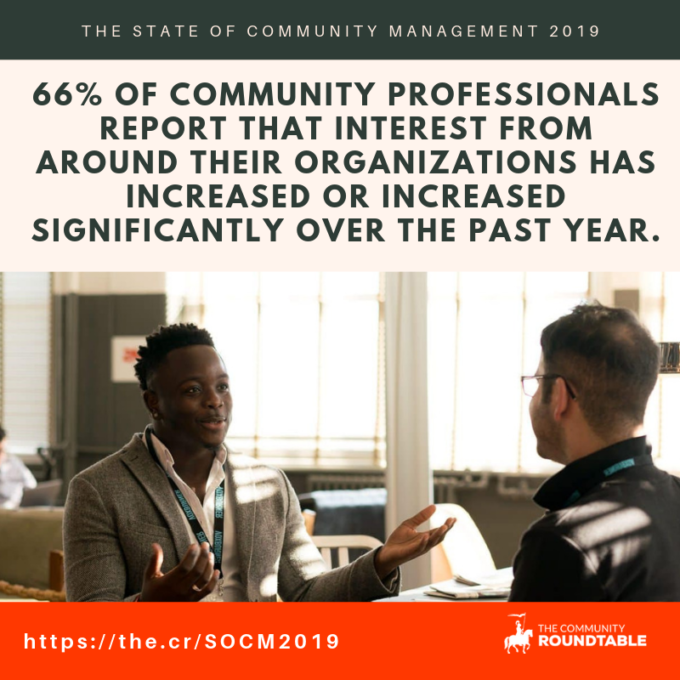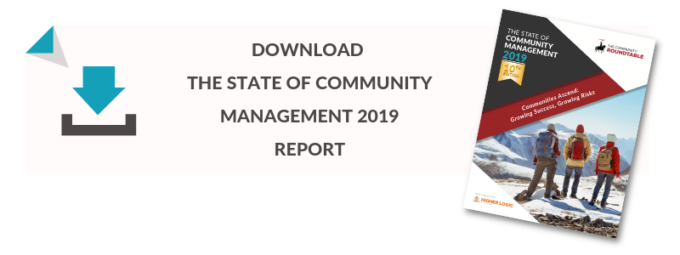
The famous Alexandre Dumas quote “Nothing succeeds like success” illustrates a critical aspect of successful communities. In particular, because individuals do not always know what to expect from communities, success shows people what is possible and, in turn, tends to change their expectations and mindsets.
This is true of any initiative, but especially true with communities where success is transparent. This is a critical approach in efficiently building communities. If you start as you mean to continue, showing success as you go, communities build momentum as they grow and avoid some of the biggest community pitfalls, including toxic cultures and abusive behaviors.

Looking at the rates of growth across a number of success factors, communities with advanced strategies saw more significant increases across every category. Impressively, the rate of significant increase in value was twice as high as average communities, suggesting faster acceleration for communities with advanced strategies.
Success also shows up in a community’s impact on culture and brand sentiment. All communities have a net positive impact on culture or brand sentiment. Communities with advanced strategies have no negative or neutral impact on culture and brand sentiment. This demonstrates that active, ongoing community management can mitigate all negative engagement risks.
Active, ongoing community management can mitigate ALL negative engagement risks.
That positive impact is also seen in increased interest, support, and activity. 66% of community professionals report that interest from around their organizations has increased or increased significantly over the past year.
For 70% of them, their credibility has also increased and they believe the biggest factor for this increase is that communities are more integrated into their organization. This also translates to support from a majority of all executives. 63% of all executives are supportive of community approaches, although many don’t yet understand exactly what is required for success and how they can better support community programs. That lack of understanding is reflected in how executive support is expressed. 75%
of the time that is verbal support, but only 54% of the time is it reflected in budget.
For community programs with advanced strategies – those that are measurable – the difference is significant. While they get only slightly more verbal support (77% of the time), they get support reflected as budget 62% of the time.

Note: This post contains content originally published in the State of Community Management 2019 report. Download your free copy here.
